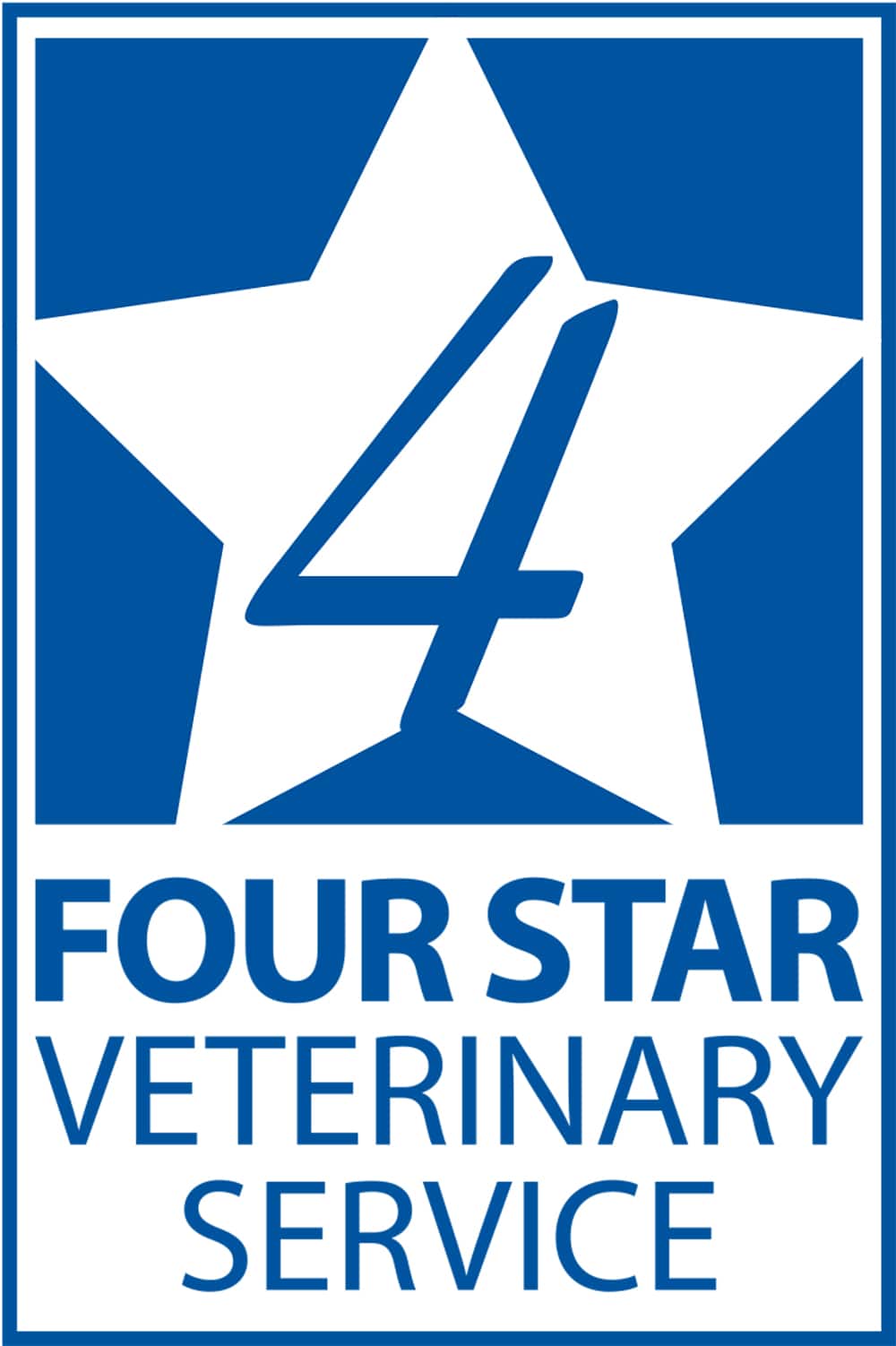Swine producers may be facing an emerging respiratory condition without really knowing about it.
Hot topics in swine nutrition and feed biosecurity
Dr. Jason Woodworth, swine nutritionist at KSU, spoke at the Four Star Veterinary Service Pork Industry Conference in mid-September about recent nutrition research.
New research on China’s shrinking agricultural land base and what it means for pork imports
Dr. Dermot Hayes shared original ongoing research on the Chinese agricultural market at the Four Star Veterinary Service Pork Industry Conference.
